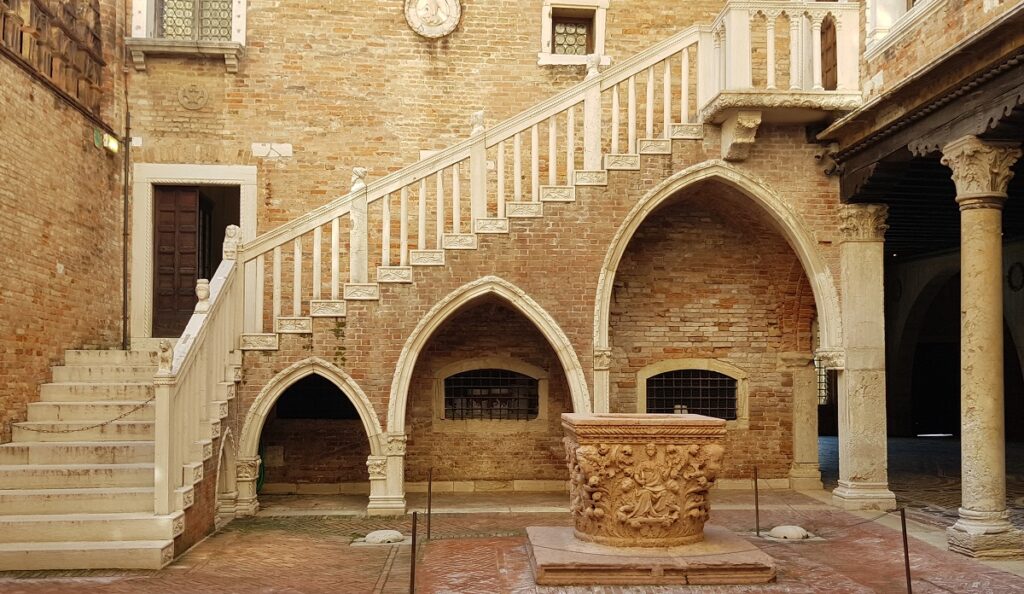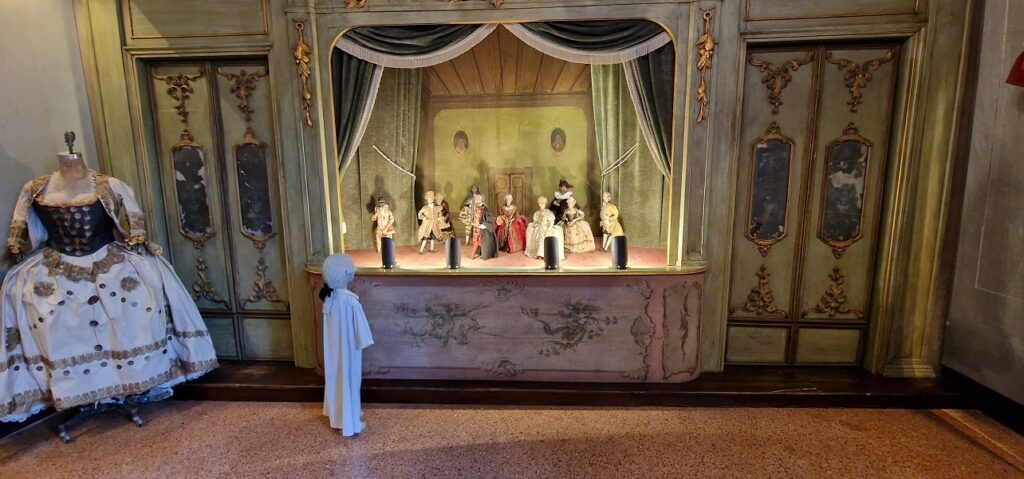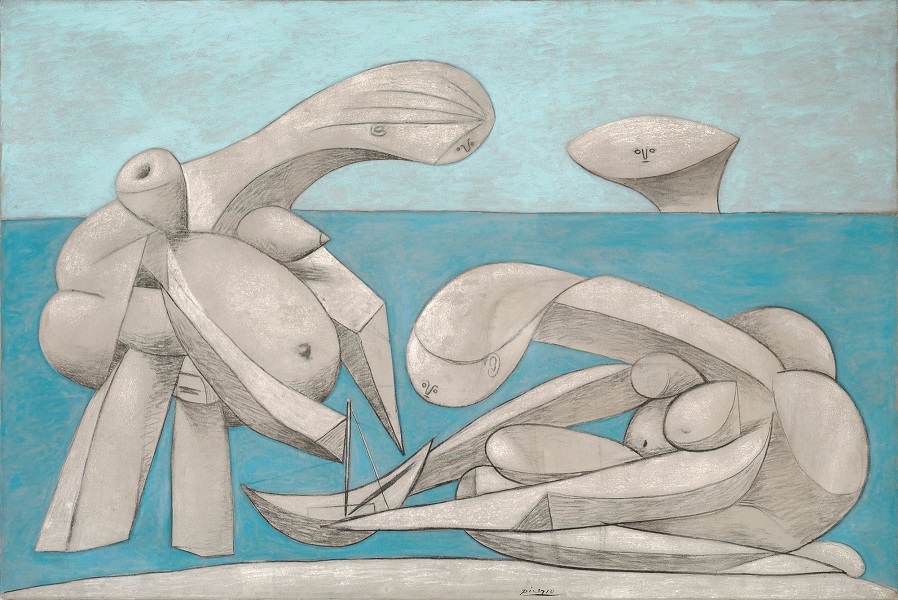Museum Pass Tours

PROJECT OVERVIEW
There are days when Venice is completely overrun by crowds and you cannot find relief even in the quietest corners of the city.
It might also happen that it rains outside and maybe you would like to take shelter inside the Doge’s Palace or in St. Mark’s Basilica but the queues are endless.
Even the summer heat and humidity can sometimes be unbearable and finding some coolness among the “calli” becomes a mirage.
Or simply you do not have much time but you would like to discover some museums outside the usual itineraries.
What to do? How can you enjoy Venice on these occasions? Especially when you have waited so long to be able to visit it. We offer you a recipe:
our MUSEUM PASS TOUR!
We offer the opportunity to take refuge in two or more less frequented Museums by taking advantage of the reduced price of the integrated tickets provided by museums.
In this way you will also have the opportunity to get to know and admire some beautiful Venetian residences and to be surprised by the history of their families.
It is also an opportunity to immerse yourself in the treasures of Venetian art by focusing only on the most significant works, making the most of your time and money.
It is only up to you to choose your combination and which part of the city to explore and visit with us!?!
In a two hours you can take a pleasant walk and a short visit to a couple of museums chosen from 5 combinations that you can also see on the map:

Ca' d'Oro + Ca' Grimani
Collectors in comparison
TICKETS: 13€
WHEN:The visit can take place every day except Monday
An extremely elegant late-Gothic palace on the Grand Canal. The Ca’d’Oro still retains, as a whole, the structure of an ancient Venetian warehouse and houses on two floors the important art collection of Baron Giorgio Franchetti (1865-1927) including furniture, paintings, medals, tapestries, small bronzes and sculptures that he donated, together with the palace, to the Italian State in 1916.
WHAT YOU WILL SEE WITH US
The courtyard with its magnificent mosaics
The famous canvas depicting San Sebastiano by Andrea Mantegna
The views of Francesco Guardi
Home of one of the most important families of the Venetian nobility which counts among its descendants famous personalities such as the Doge Antonio Grimani and the patriarch of Aquileia Giovanni Grimani; the latter, starting from the mid-16th century, began to collect very important pieces of Greek and Roman statuary together with medals, cameos and gems. The architecture of the building blends Tuscan-Roman elements with the Venetian environment: the Tribuna, formerly the site of Giovanni’s exceptional archaeological collection, and the beautiful access staircase decorated with stucco and marmorino work, probably the first of this kind in Venice, are particularly suggestive. The pictorial decorations
are extraordinary.
WHAT YOU WILL SEE WITH US
The Tribune
The grand staircase
The Foliage Room

Doge's Palace+ Correr
From the Republic to foreign domination
TICKET: €30,00/adult; €15 kids/students/over 65 (other discounts for early booking)
WHEN: every day
A masterpiece of Gothic art, the Palazzo Ducale was for centuries the seat of the government of the Venetian Republic, as well as, the residence of the Doge and also a place of detention. It is an outstanding result of architectural stratifications. It was decorated by the greatest artists of the sixteenth century and still today it enchants for the magnificence of its rooms and its rich history.
WHAT YOU WILL SEE WITH US
The courtyard with the Scala dei Giganti
Hall of the “Collegio”
Hall of the Great Council
Bridge of Sighs
New Prisons
The building was designed in the years in which Venice, having lost its independence, was part of the Kingdom of Italy (1806-1814) of which Napoleon was the ruler. The palace was supposed to be the representative seat of the new Emperor, but the construction was only ended in the mid-nineteenth century, becoming then the residence of the Habsburg Court, during their frequent visits to Venice, and also serving as a political, military and diplomatic centre of the kingdom of the Lombardy-Veneto.
In addition to the imperial rooms, today the museum also houses the rich collection of masterpieces by the sculptor Antonio Canova and the eclectic collection of Teodoro Correr.
WHAT YOU WILL SEE WITH US
Ballroom
Rooms of Empress Sissi
Canovian halls

Fortuny + Ca' Pesaro
XIX century Venice
TICKET: 15€+ 2€ for the gondola ferry to cross the Grand Canal
WHEN: every day exepted on Monday and on Tuesday
One of the most beautiful examples of Venetian Gothic palaces built for the Pesaro family in the second half of the 15th century. Purchased in 1899 by Mariano Fortuny y Madrazo, eclectic and brilliant painter, set designer and inventor, who makes it his home and his workshop where he also creates fabrics and printed fabrics, and, in partnership with his wife Henriette, gives life to Delphos, the pleated silk dress that will make him famous all over the world.
WHAT YOU WILL SEE WITH US
The Winter Garden
The original prototype of the Delphos dress
The artist’s studio
The terrace
An imposing palace on the Grand Canal, it was built for the very wealthy Pesaro family in the second half of the 7th century. Purchased by the Bevilacqua family at the end of the 19th century, it became the property of the Duchess Felicita Bevilacqua La Masa who decided to use the building for modern art and donating it to the city for this purpose.
Since 1902 it has been the permanent seat of the International Gallery of Modern Art, but it also hosted, between 1908 and 1924, the historic Bevilacqua La Masa Exhibitions which, in lively contrast to the Venice Biennale, favored a young generation of artists.
WHAT YOU WILL SEE WITH US
Judith II (Salome) by Gustav Klimt
The Thinker by Rodin
Still life by Giorgio Morandi
The courtyard and the entrance hall

Ca' Mocenigo + Casa Goldoni
Venice and arts
TICKET: 12€
WHEN: Every day excepted on Monday and on Wednesday
In 1945 the last descendant of the noble family Mocenigo donated this building to the Town of Venice. After a long restoration, in 1985, it was opened as a museum and also became the Study Center of the History of Fabric, Costume and Perfume. Its rooms evoke various aspects of the life and activities of the Venetian aristocracy between the 17th and 18th centuries, with the display of precious antique clothes and accessories, 18th and 19th century furniture, original tools for the production of perfumes, which document the skill of the craftsmen of the time and the refined and luxurious elegance for which the Venetians were famous for.
WHAT YOU WILL SEE WITH US
Clothing according to the fashion of the seventeenth and eighteenth centuries, made of textured fabrics, embellished
with embroidery and lace
Furniture and original blown glass objects from the 18th and 19th centuries
Essences, perfumes, antique perfume holders and tools for the production of soap and perfumes.
A beautiful Gothic building. It is one of the best examples of Venetian civil architecture between the end of the 14th and the beginning of the 15th century. Home of the Goldoni family since the end of the 1600s, Carlo was born here, destined to become one of the greatest playwrights of 18th-century Europe. In 1931 the building was donated to the Municipality of Venice which subsequently opened the Goldoni Museum and a
Center for Theater Studies.
WHAT YOU WILL SEE WITH US
The portego with its beautiful well head and the external staircase.
Original 18th century furniture and objects that are closely linked to the scenic setting of Carlo Goldoni’s comedies.
The 18th century puppet theatre

Accademia + Guggenheim
From tradition to the avant-garde
TICKET: 9€+14€ Dorsoduro Museum Mile’s reduction
WHEN: Every day excepted on Monday afternoon and on Tuesday
The Academy Galleries are located within a complex made up of several historic buildings: the church of Santa Maria della Carità founded in the 12th century, its monastery and the area that belonged to the Scuola Grande, which carried the same name.
After a Napoleonic edict the complex of Santa Maria della Carità, became a State property and in 1807 was transformed into the seat of the Academy of Fine Arts with annexed galleries. Soon after a series of renovations followed which completely revolutionized the internal structures of these buildings. The collection housed in them was initially configured as a collection of Venetian paintings, but was later enriched with many acquisitions, including a prestigious graphic and sculptural collection. In 1881 the separation of the Academy school from the art collection was decreed, and only recently has ended a major operation of restoration, expansion and rearrangement of this vast and rich collection preserved in this very important Venetian institution
WHAT YOU WILL SEE WITH US
Some works from the Primitive room
The San Giobbe Altarpiece by Giovanni Bellini
Masterpieces by Hieronymus Bosch
Masterpieces by Giorgione
The banquet at the house of Levi by Veronese
The Pietà by Tiziano Vecellio
The Miracle of the Slave by Jacopo Tintoretto
Some masterpieces by Vittore Carpaccio
In 1949 the famous American tycoon and collector Peggy Guggenheim bought the unfinished Palazzo Venier dei Leoni, a building consisting solely of a basement and a first floor, on the Grand Canal, and made it into her home-museum. Already famous for having exhibited cubist, abstract and surrealist works by American artists hitherto unknown in Europe
at the 1948 Biennale, in 1951 Peggy began to open her home to the public, for a few afternoons a week, from spring to autumn. Over the years she continued to collect and support artists and in 1962 she was awarded the honorary citizenship of the city of Venice.
Her collection, which today is part of the Solomon R. Guggenheim Foundation in New York, is still today the most important modern art collection in Italy.
WHAT YOU WILL SEE WITH US
Cubism: masterpieces by Pablo Picasso
Some masterpieces of Futurism
Abstract art: masterpieces by Vasily Kandinsky
Abstract Expressionism: some works by Jackson Pollock
Surrealism: masterpieces by Max Ernst and Juan Mirò
The Empire of Light by René Magritte
Kinetic art: Alexander Calder’s Mobiles










